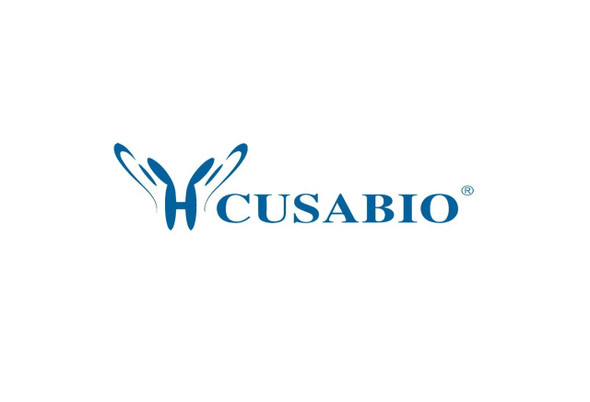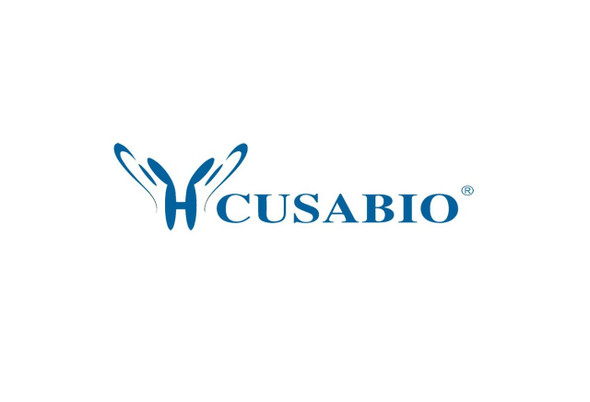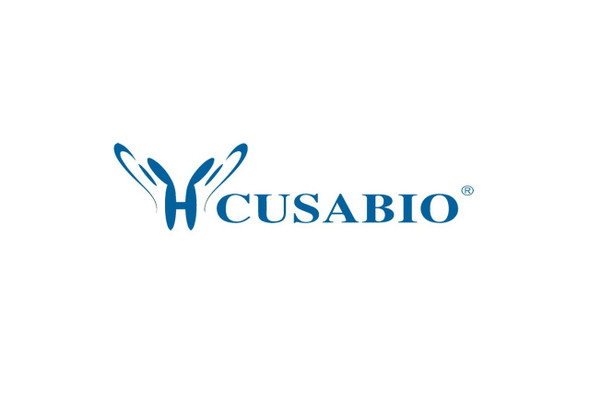Cusabio Human Recombinants
Recombinant Human Pleckstrin homology domain-containing family F member 1 (PLEKHF1) | CSB-BP842759HU
- SKU:
- CSB-BP842759HU
- Availability:
- 28 - 38 Working Days
Description
Recombinant Human Pleckstrin homology domain-containing family F member 1 (PLEKHF1) | CSB-BP842759HU | Cusabio
Alternative Name(s): Lysosome-associated apoptosis-inducing protein containing PH and FYVE domains (Apoptosis-inducing protein) (PH and FYVE domain-containing protein 1) (Phafin-1) (Zinc finger FYVE domain-containing protein 15) (APPD) (LAPF) (ZFYVE15)
Gene Names: PLEKHF1
Research Areas: Others
Organism: Homo sapiens (Human)
AA Sequence: MVDHLANTEINSQRIAAVESCFGASGQPLALPGRVLLGEGVLTKECRKKAKPRIFFLFNDILVYGSIVLNKRKYRSQHIIPLEEVTLELLPETLQAKNRWMIKTAKKSFVVSAASATERQEWISHIEECVRRQLRATGRPPSTEHAAPWIPDKATDICMRCTQTRFSALTRRHHCRKCGFVVCAECSRQRFLLPRLSPKPVRVCSLCYRELAAQQRQEEAEEQGAGSPGQPAHLARPICGASSGDDDDSDEDKEGSRDGDWPSSVEFYASGVAWSAFHS
Source: Baculovirus
Tag Info: N-terminal 10xHis-tagged and C-terminal Myc-tagged
Expression Region: 1-279aa
Sequence Info: Full Length
MW: 35.2 kDa
Purity: Greater than 85% as determined by SDS-PAGE.
Relevance: May induce apoptosis through the lysosomal-mitochondrial pathway. Translocates to the lysosome initiating the permeabilization of lysosomal membrane (LMP) and resulting in the release of CTSD and CTSL to the cytoplasm. Triggers the caspase-independent apoptosis by altering mitochondrial membrane permeabilization (MMP) resulting in the release of PDCD8.
Reference: "The lysosome-associated apoptosis-inducing protein containing the pleckstrin homology (PH) and FYVE domains (LAPF), representative of a novel family of PH and FYVE domain-containing proteins, induces caspase-independent apoptosis via the lysosomal-mitochondrial pathway." Chen W., Li N., Chen T., Han Y., Li C., Wang Y., He W., Zhang L., Wan T., Cao X. J. Biol. Chem. 280:40985-40995(2005)
Storage: The shelf life is related to many factors, storage state, buffer ingredients, storage temperature and the stability of the protein itself. Generally, the shelf life of liquid form is 6 months at -20?/-80?. The shelf life of lyophilized form is 12 months at -20?/-80?.
Notes: Repeated freezing and thawing is not recommended. Store working aliquots at 4? for up to one week.
Function: May induce apoptosis through the lysosomal-mitochondrial pathway. Translocates to the lysosome initiating the permeabilization of lysosomal membrane (LMP) and resulting in the release of CTSD and CTSL to the cytoplasm. Triggers the caspase-independent apoptosis by altering mitochondrial membrane permeabilization (MMP) resulting in the release of PDCD8.
Involvement in disease:
Subcellular Location: Nucleus, Cytoplasm, perinuclear region, Lysosome
Protein Families:
Tissue Specificity: Highly expressed in heart and skeletal muscle. Weakly expressed in brain, thymus, spleen, kidney, liver, small intestine, placenta and lung.
Paythway:
Form: Liquid or Lyophilized powder
Buffer: If the delivery form is liquid, the default storage buffer is Tris/PBS-based buffer, 5%-50% glycerol. If the delivery form is lyophilized powder, the buffer before lyophilization is Tris/PBS-based buffer, 6% Trehalose, pH 8.0.
Reconstitution: We recommend that this vial be briefly centrifuged prior to opening to bring the contents to the bottom. Please reconstitute protein in deionized sterile water to a concentration of 0.1-1.0 mg/mL.We recommend to add 5-50% of glycerol (final concentration) and aliquot for long-term storage at -20?/-80?. Our default final concentration of glycerol is 50%. Customers could use it as reference.
Uniprot ID: Q96S99
HGNC Database Link: HGNC
UniGene Database Link: UniGene
KEGG Database Link: KEGG
STRING Database Link: STRING
OMIM Database Link: OMIM









